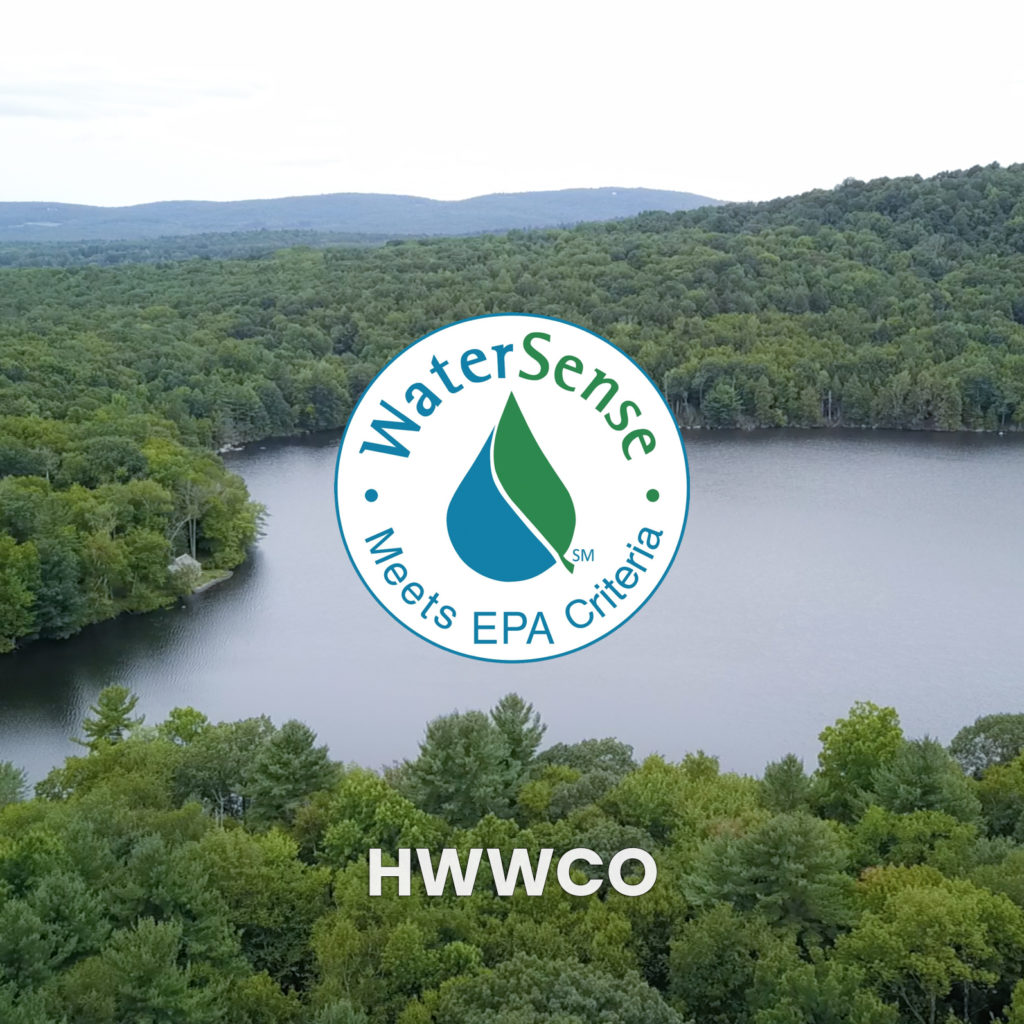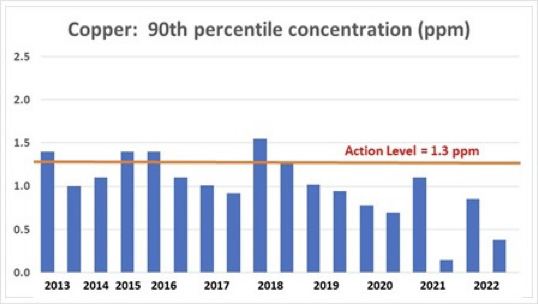our Water
H W W C
Water Quality
We take great pride in what we do and we hold ourselves to the highest standards in delivering safe, clean, reliable and affordable drinking water to the people we serve. In this area of our site you can learn all about roily water, lead and drinking water, as well as read our water quality reports.
Safe drinking water is treated water that has been tested for harmful and potentially harmful substances and has met or exceeded drinking water quality standards set by the United States Environmental Protection Agency (EPA) and the Commonwealth of Massachusetts. The EPA sets drinking water standards to define the limits of contaminants considered safe for drinking water. These levels are based on studies of the health effects associated with each contaminant and include a sufficient safety margin to ensure that water meeting these standards is safe for everyone to drink.
For over 20 years, drinking water supplied by Housatonic Water Works has met or surpasses the EPA and state water quality standards, with the exception of the haloacetic acid Maximum Contaminant Level since August 2021.
These annual water quality reports (Consumer Confidence Reports) are your guide to the quality and safety of tap water provided by Housatonic Water Works. We encourage customers to stay informed. If you have any questions about your drinking water, please contact us at 413-528-1780


Color, Taste, and Odor: What you should know
From time to time the MassDEP receives consumer questions or complaints regarding the look, taste or the odor of drinking water. Find out the common problems with drinking water and their most common causes from this convenient MassDEP FAQ sheet.
Discolored Water
Disinfection By-products/Haloacetic Acids (HAA5)
- Disinfection Byproducts Haloacetic Acids (HAA5)Test Results
- HAA5 Q2 - September 18, 2023
- HAA5 Q2 - June 15, 2023
- HAA5 Q1 - March 24, 2023
- MADEP Response to Disinfection By-products Report-March 1, 2023
- Disinfection By-products Report - February 1, 2023
- HAA5 Q4 2022 - January 10, 2023
- HAA5 Q3 2022 - September 1, 2022
- HAA5 Q2 2022 - June 13, 2022
- HAA5 Q1 2022 - March 30, 2022
- HAA5 Q3 & 4 2021 - January 1, 2022
Manganese, Pilot Study, General Reports
- Public Notice
- MassDEP Unilateral Administrative Order October 8, 2024
- MassDEP/HWWC – October 9, 2024
- Questions and answers for consumers
- Manganese Pilot Study - May - June 2023 Q3 Report
- Manganese Pilot Study - May 2023 Q2 Report
- Manganese Pilot Study - September 2022 Q1 Report
- Manganese Monitoring for Public Water Systems
- Manganese in Drinking Water: Questions & Answers
Lead & Copper
General Information
The Environmental Protection Agency (EPA) and the Massachusetts Department of Environmental Protection have strict requirements regarding corrosion control and public transparency in the Lead and Copper Rule (LCR).
Housatonic’s lead and copper monitoring program has been in place for decades to assure customers that their drinking water meets all required standards. The Long Pond source water is non-corrosive and has a naturally high pH (average 7.6), and there are no known lead service lines in the community, so adding chemicals for controlling lead corrosion is not necessary,
Shown below are graphs summarizing the compliance data for lead and copper over the past ten years. The water has met the lead Action Level for the past 11 six-month monitoring periods (5½ years). The water company responded to the last lead Action Level exceedances in 2016 – 2017 with some operational improvements including better sampling procedures for customers collecting the samples and that has helped to lower the lead levels observed since then. The 90th percentile result for the past three monitoring periods was below the detection limit (< 1.0 ppb).


High levels of lead and copper are not present in Long Pond which is our drinking water source. The metals are introduced by corrosion of household plumbing systems and service lines. Most lead in our system comes from lead-containing solder in older plumbing, from faucets, or other water fixtures in homes and businesses, and any copper likely comes from copper plumbing lines. Housatonic Water Works is responsible for providing high quality drinking water, but cannot control the variety of materials used in plumbing components.
When corrosive water stays stagnant in plumbing that contains lead for several hours (for example, first thing in the morning or after returning from work or school), the lead may dissolve into drinking water.To minimize the risks of exposure to lead, use water from the cold tap for making baby formula, drinking, and cooking. Let the water run for a minimum of 30 seconds to two minutes if it hasn’t been turned on for six or more hours.
If you are concerned about lead in your water, you may wish to have your water tested. Information on lead in drinking water, testing methods, and steps you can take to minimize exposure is available from the Safe Drinking Water Hotline at http://www.epa.gov/safewater/lead.
Health effects of Lead and Copper
Infants and children who drink water containing lead in excess of the LCR Action Level could experience delays in their physical or mental development.
Children born to women exposed to elevated levels of lead during pregnancy may experience developmental delays. Children could show slight deficits in attention span and learning abilities. Adults who drink water containing elevated levels over many years could develop kidney problems or high blood pressure.
Copper is an essential nutrient, but some people who drink water containing copper well in excess of the Action Level over a relatively short amount of time could experience gastrointestinal distress. Some people who drink water containing copper in excess of the action level over many years could suffer liver or kidney damage. People with Wilson’s Disease should contact their doctor.
Lead & Copper Testing Reports
- Lead & Copper Sampling Reports December 2024
- Lead & Copper Sampling Reports May 2024
- Lead & Copper Sampling Reports December 2023
- Lead & Copper Sampling Reports May 2023
- Lead & Copper Sampling Reports December 2022
- Lead & Copper Sampling Reports June 2022
- Lead & Copper Sampling Reports December 2021
- Lead & Copper Sampling Reports June 2021
- Lead & Copper Sampling Reports December 2020
- Lead & Copper Sampling Reports May 2020
- Lead & Copper Sampling Reports December 2019
- Lead & Copper Sampling Reports July 2019
- Lead & Copper Sampling Reports November 2018
- Lead & Copper Sampling Reports June 2018
- Lead & Copper Sampling Reports December 2017
- Lead & Copper Customer Letter August 2017
- Lead & Copper Public Education Brochure August 2017
- Lead & Copper Sampling Reports November 2016
- Lead & Copper Notice Press Release August 1, 2016
- Water Quality Analysis Report August 2016 (Part 1)
- Water Quality Analysis Report August 2016 (Part 2)
- Lead & Copper Sampling Reports June 2016
